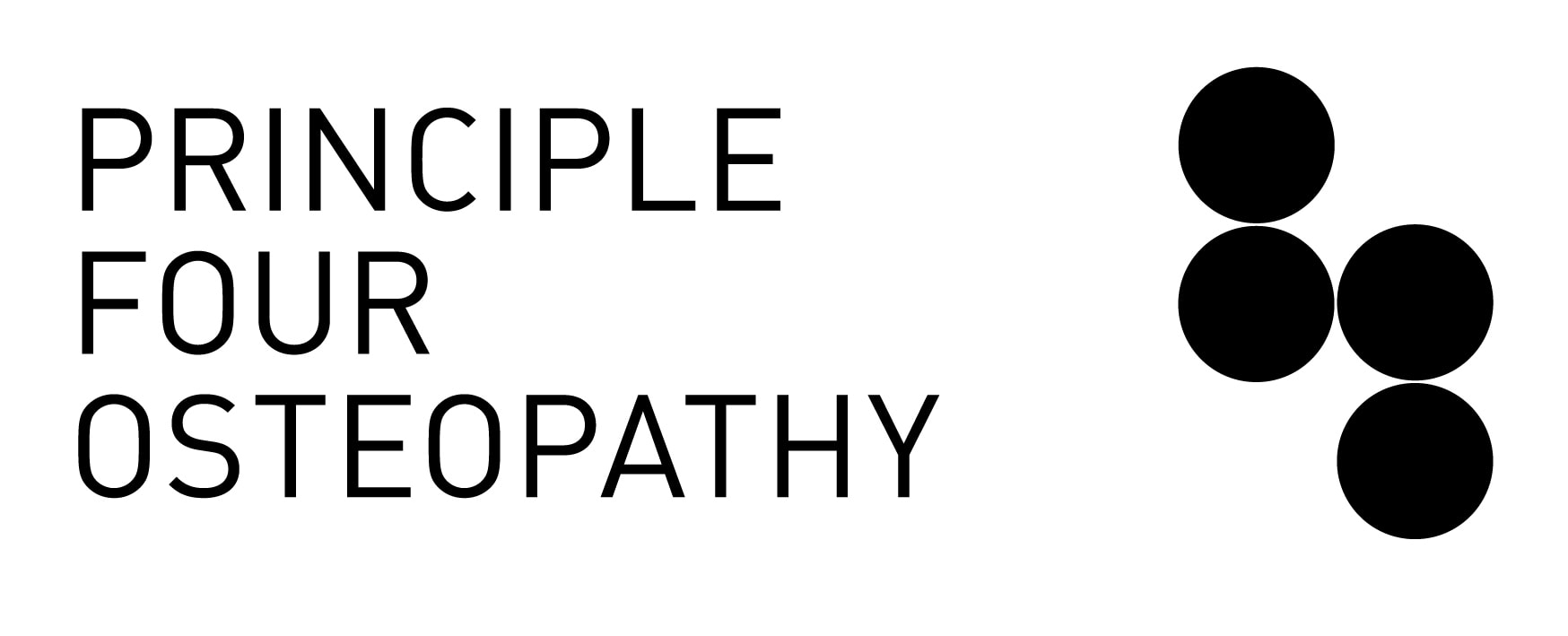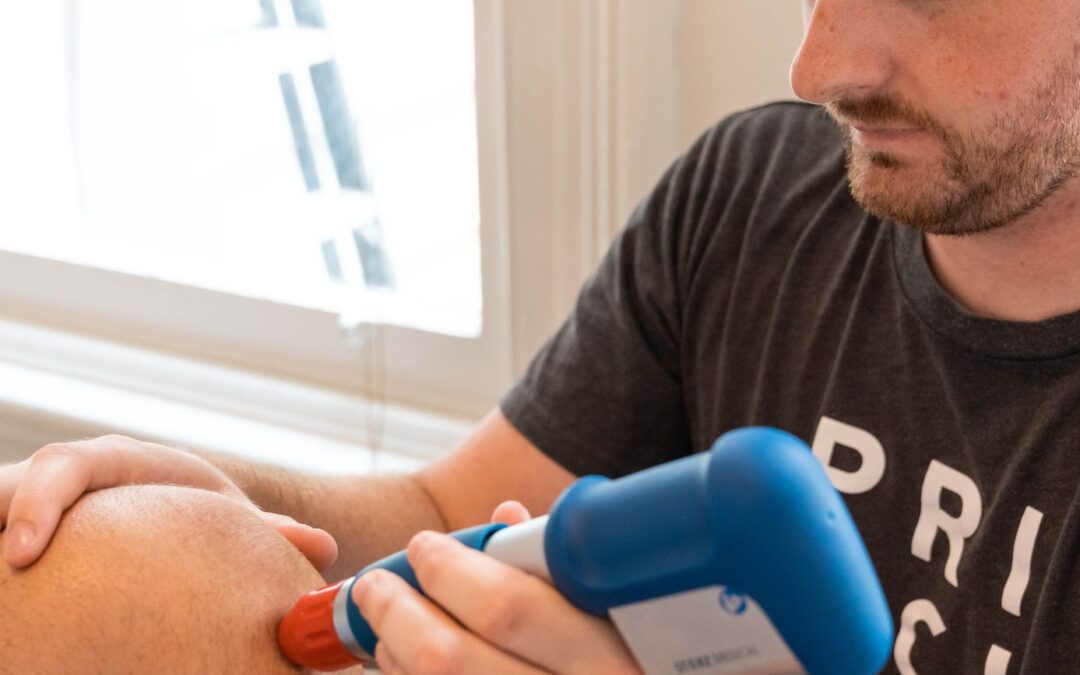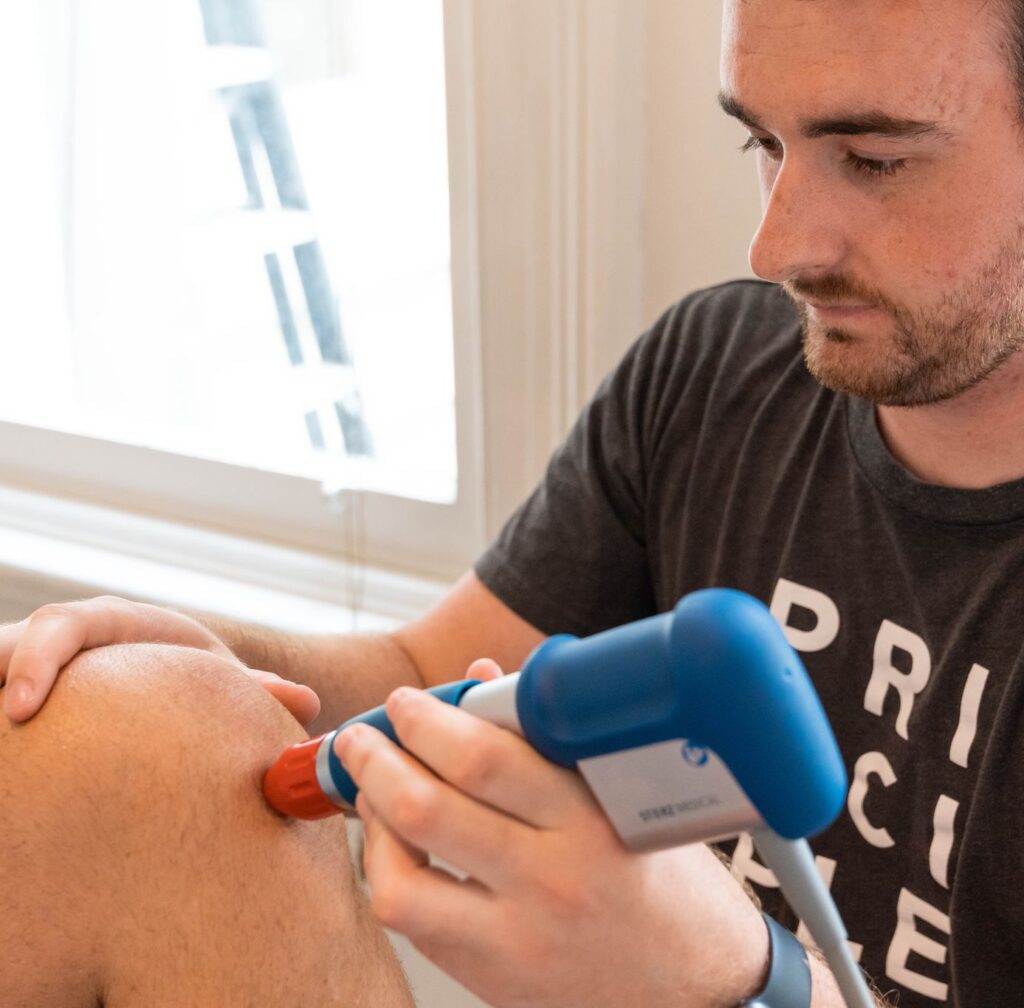Shockwave Therapy for Tendon Injuries – Does It Really Work?
Table of Contents
-
Introduction
-
What Is Shockwave Therapy?
-
What Conditions Can It Help?
-
How Does Shockwave Therapy Work?
-
Principle Four Osteopathy’s Integrated Approach
5.1 Manual Therapy, Exercise Rehab & Shockwave
5.2 When Is Shockwave Therapy Most Effective? -
Benefits and Potential Considerations
-
FAQs About Shockwave Therapy
-
Author
1. Introduction
Chronic tendon pain can be stubborn, frustrating, and slow to heal. At Principle Four Osteopathy in Melbourne’s CBD, we see this all too often—clients who’ve tried rest, massage, stretching, and even cortisone injections with limited success.
That’s where shockwave therapy comes in. A non-invasive, evidence-backed treatment, shockwave can stimulate healing in persistent tendon injuries—especially when traditional therapies have plateaued. But how does it work, and is it right for you?
In this blog, we break down what shockwave therapy is, how it works, the types of injuries it helps, and how we use it alongside manual therapy and rehabilitation for long-term results.
2. What Is Shockwave Therapy?
Shockwave therapy (Extracorporeal Shockwave Therapy or ESWT) uses targeted acoustic (sound) waves to stimulate healing in damaged tissues. Originally developed for kidney stone treatment, it has become a trusted option in musculoskeletal healthcare for chronic tendon conditions.
It’s not electrical. It’s not surgical. It’s a series of controlled mechanical pulses that activate a cellular-level healing response.
Key features:
-
Non-invasive
-
In-clinic procedure
-
Quick sessions (10–15 minutes)
-
Used for chronic (3+ months) conditions
3. What Conditions Can It Help?
At Principle Four Osteopathy, we commonly use shockwave therapy to treat:
-
Achilles tendinopathy
-
Plantar fasciitis
-
Tennis elbow (lateral epicondylitis)
-
Golfer’s elbow (medial epicondylitis)
-
Gluteal tendinopathy
-
Patellar tendinopathy
-
Shoulder calcific tendinitis
-
Proximal hamstring tendinopathy
These conditions share a common trait: longstanding, degenerative tendon changes that haven’t responded to rest or exercise alone.
4. How Does Shockwave Therapy Work?
Shockwave therapy stimulates the body’s natural healing mechanisms in several ways:
-
Increases blood flow to the affected area, improving oxygenation and nutrient delivery.
-
Promotes collagen regeneration, essential for tendon healing.
-
Breaks down scar tissue and calcification, improving tendon structure and mobility.
-
Triggers a mild inflammatory response, which reactivates stalled healing processes.
-
Desensitises local nerve endings, helping reduce pain.
Research shows shockwave therapy is particularly effective when paired with loading-based rehab programs (such as eccentric strengthening or isometric holds).
5. Principle Four Osteopathy’s Integrated Approach
We don’t believe in passive treatment alone. While shockwave is powerful, we achieve the best results by combining it with hands-on care, movement analysis, and strength-based rehabilitation.
5.1 Manual Therapy, Exercise Rehab & Shockwave
At our Collins Street clinic, your treatment may include:
-
Soft tissue release and joint mobilisation to restore movement
-
Strength and conditioning in our onsite gym
-
Functional assessments to correct movement dysfunction
-
Shockwave therapy as an adjunct for stubborn tissue healing
Each treatment plan is tailored to the stage of your condition and your personal goals—whether it’s walking pain-free again, returning to sport, or avoiding surgery.
5.2 When Is Shockwave Therapy Most Effective?
Shockwave works best for:
-
Chronic injuries that have failed to heal with conservative care
-
Tendinopathies without full tears
-
Clients motivated to complete a structured rehab program alongside
It’s generally not the first-line treatment—but for the right condition, at the right time, it can be a game changer.
6. Benefits and Potential Considerations
✅ Key Benefits:
-
Non-invasive and drug-free
-
Can reduce chronic pain and stiffness
-
Improves function and tendon structure
-
Short treatment time, minimal downtime
-
Supports return to work/sport faster
⚠️ Considerations:
-
Temporary soreness after sessions is common
-
Not suitable for those with blood clotting disorders or pacemakers
-
Results are cumulative—usually 3–6 sessions are needed
-
Needs to be paired with active rehab for best outcomes
7. FAQs About Shockwave Therapy
Q1: Is shockwave therapy painful?
A little discomfort during treatment is normal, especially if the area is sensitive. Most people tolerate it well and notice reduced pain over time.
Q2: How many sessions will I need?
We usually recommend 3–6 sessions, spaced 5–10 days apart, depending on your condition and response.
Q3: Are the results permanent?
For chronic tendon injuries, shockwave can promote long-term healing. Results are most sustainable when supported by proper exercise rehab.
Q4: Can it be used on acute injuries?
It’s best suited to chronic (3+ month) conditions. Acute injuries often respond better to rest, manual therapy, and gradual loading.
Q5: Is shockwave therapy covered by private health?
Some private health extras policies may contribute to the session cost under osteopathy, depending on your cover level. Contact your provider to check.
8. Author
Heath Williams
Principal Osteopath, Strength & Conditioning Coach, Workplace Health Consultant
With over 15 years’ experience in osteopathy and functional rehabilitation, Heath combines hands-on care with evidence-based strength training to support lasting recovery. He is an advocate for integrated care that empowers clients through education, movement, and self-management.


